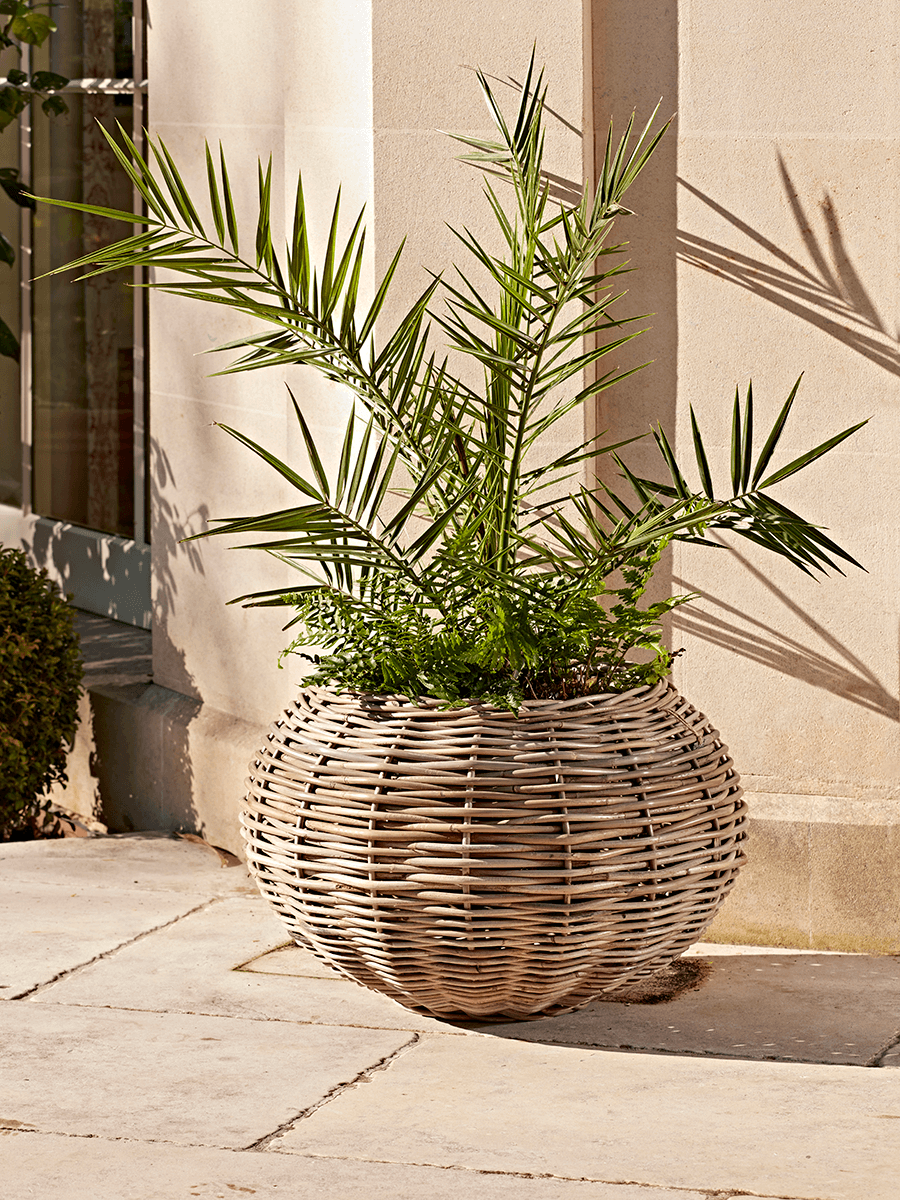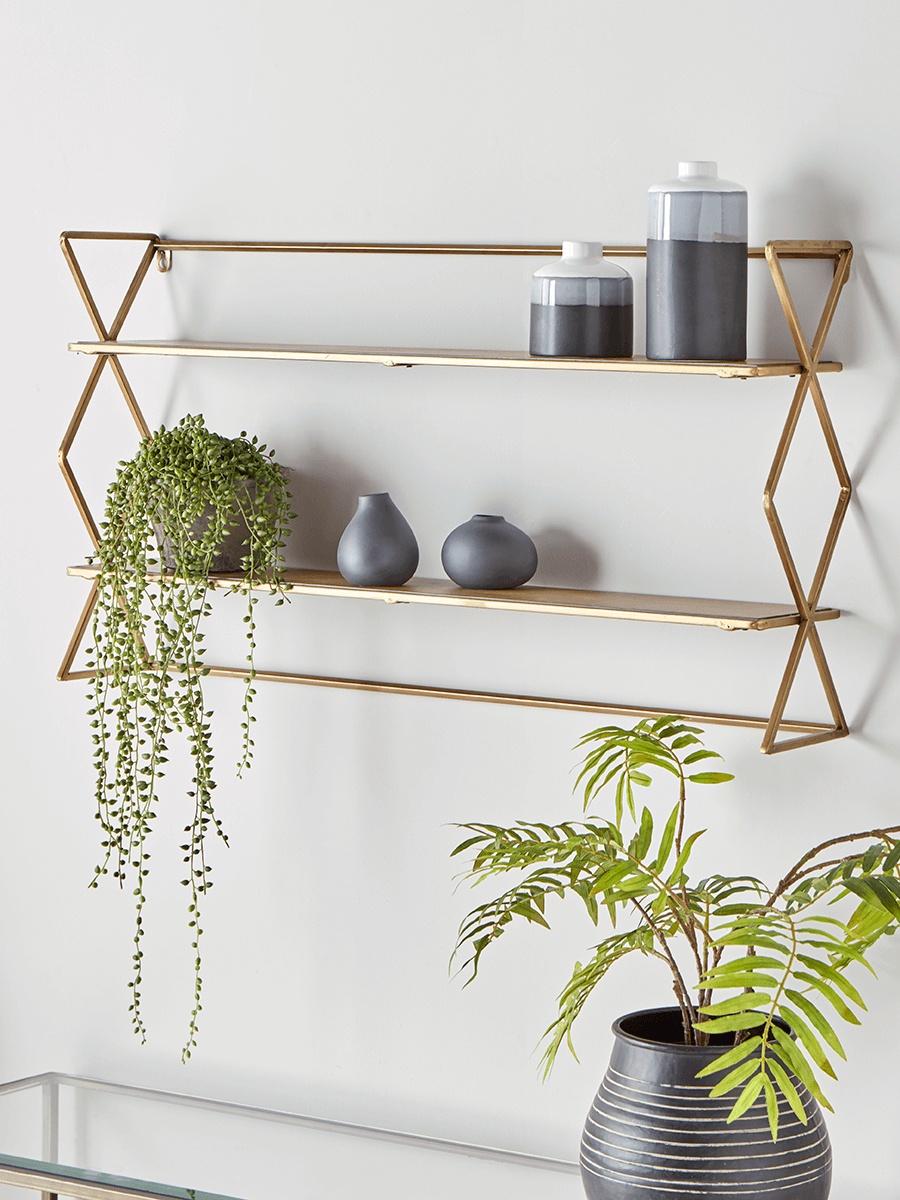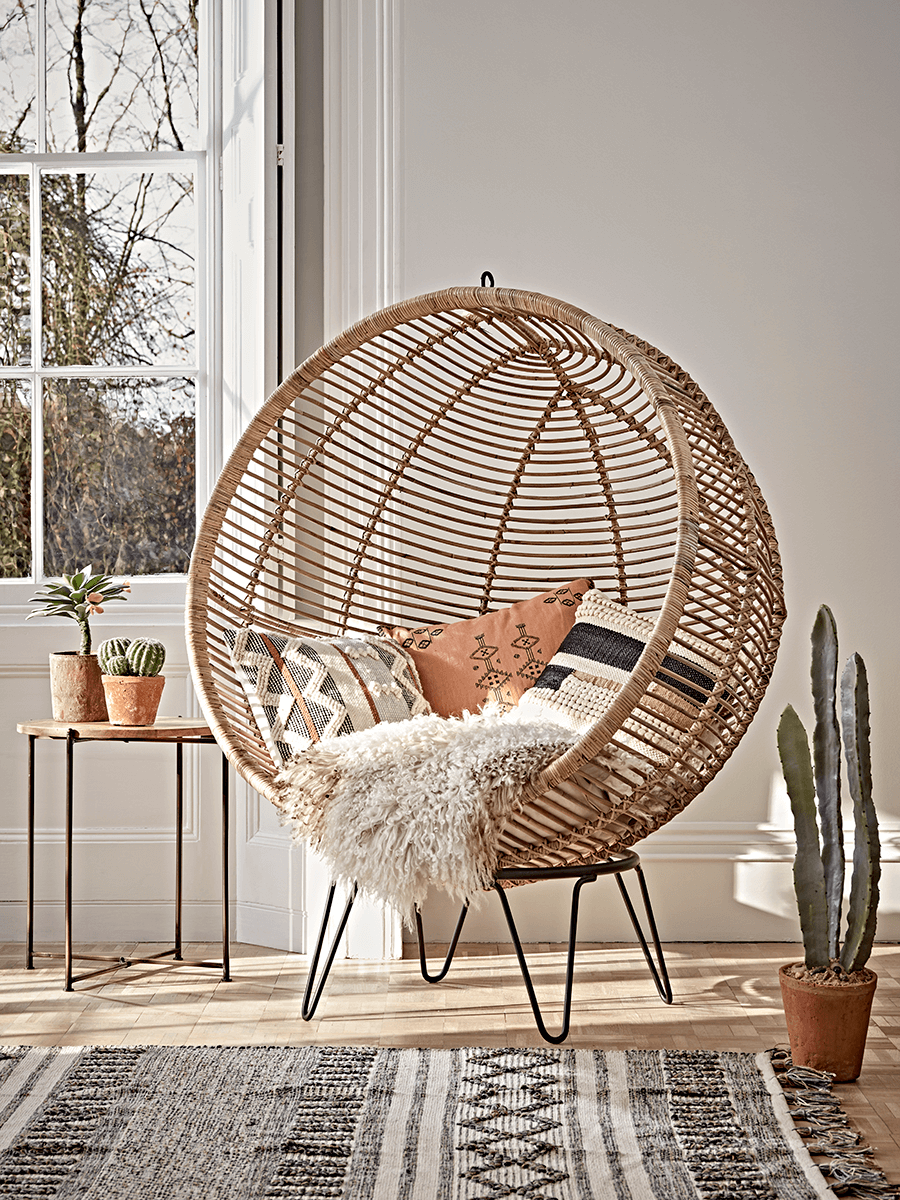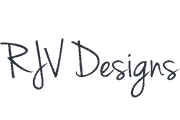Biophilic Design
Biophilic Design – Never heard of it? Well, you aren’t the only one. Without many of us realising it a slow revolution has been taking place at home and at work. Centering on the idea that our spaces inside should reflect the great outdoors to improve people’s lives.
The biophilic design dates back to the early 1980s when the biologist Edward O. Willson, outlined the philosophy of biophilia, suggesting that humans have an innate, biological affinity for the natural world. Taking this concept further, biophilic design suggests that it is necessary to bring the outdoors in creating indoor environments that reference nature in both obvious and subtle ways. A landmark study in 2019 in Denmark, noted that children who had been exposed to more greenery had 55% less mental health problems later in life than compared to those who weren’t exposed to nature. Plants have been shown to reduce stress, help with focus, and even increase immunity. (Lohr, 2010)
At its most basic this means plants and lots of them. Living walls or indoor plants but not just in an ad hoc way, but actually making plants part of the aesthetic of interior design. This has led companies like Google, Etsy, and many more to design their offices with built-in biophilic designs eg planters built into the desks. Google has planned its office space with skylights to ensure that more plants can grow naturally.
So how can you get more plants and greenery into your home? The Palace Gardener has a beautiful range of indoor plants with gorgeous pots and planters. There are companies offering green walls. Interface, a flooring company has a range of flooring products Natural Analogue Patterns which although not the real thing, are realistic enough that they engender in people the feeling of being in the great outdoors. Careful selection of products that mimic the outside creates a strong and undeniably pleasurable human response.
Create a visual connection with nature through stimulating views to the outside. Be it courtyard gardens, green walls, and green roofs. Create dynamic and diffused lighting which produces light and shadow to mimic the lighting of nature. A lighting designer can help you plan your system either a complex one that can be programmed to alter at different times of the day, or a simple one that fulfills the requirement to produce areas to work and areas of shadow as per nature.
Other indirect experiences of nature that you can easily incorporate in your home are pictures, paintings, and photos of nature. Or use natural materials in your home: slate flooring, wooden doors, and floors, natural fabrics for your curtains. Use natural colours or earth tones in your paints and to reduce toxic odours eco paints such as Eico. Most of these ideas are common sense and people generally do work with these concepts but if we think a little harder on how to bring more of the outside into our homes using natural products to reduce toxins in the air, improving natural and artificial lighting, improve ventilation, bring plants into the home – do all this and the psychological and physiological there are tangible effects to our health and wellbeing reducing stress and improve well-being.
Click here to return to all articles or click left or right headings below to scroll through articles.



